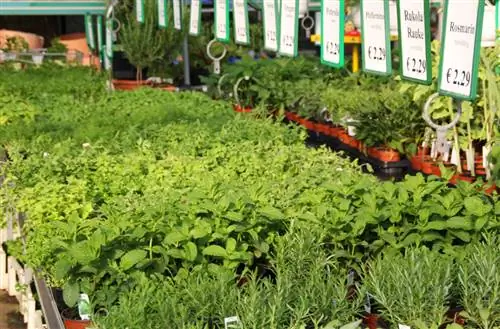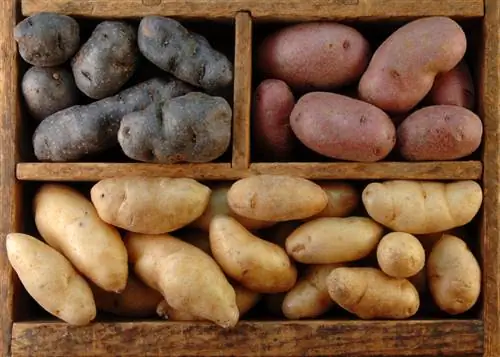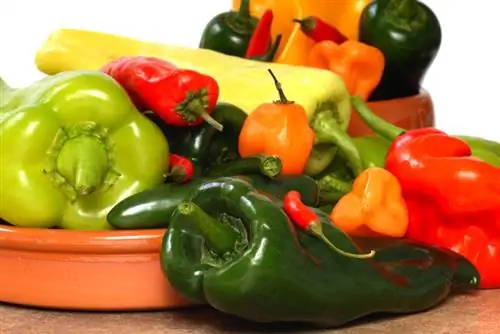- Author admin [email protected].
- Public 2023-12-16 16:46.
- Last modified 2025-01-23 11:20.
Most consumers know parsley as leafy parsley with either smooth or curly leaves. Root parsley is used much less frequently for seasoning. Japanese parsley, whose taste is similar to that of celery, is still relatively unknown.

What types of parsley are there?
There are four main types of parsley: leaf parsley (with flat leaves), curly or moss-curled parsley, root parsley and Japanese parsley (Mitsuba). Their use varies from seasoning, decoration to main ingredient in different dishes.
The four types of parsley
- leaf parsley
- Curly or curly parsley
- Root parsley
- Japanese parsley
Fleaf parsley with smooth leaves
It is the forerunner of the parsley found in Europe. Their taste is much more intense than that of mossy varieties.
Top chefs prefer flat-leaf parsley because it not only tastes more aromatic, but also because it is much easier to clean.
If you want to grow parsley as a seasoning herb in the garden, you should plant flat-leaf parsley varieties.
Curly or curly parsley
Monks once grew this variety of parsley. Its curly leaves make it easier to distinguish from the poisonous dog parsley.
Curly parsley is mainly used to decorate dishes, as the leaves, which are reminiscent of moss, have a much more decorative effect on dishes. Its taste is nowhere near as spicy as that of flat-leaf parsley.
Curly parsley is harder to clean because soil and insects can easily hide in the leaf folds. It therefore needs to be washed longer and then dried well so that it does not water down the food.
Root parsley
Parsley roots are grown because of their strong roots. The leaves are also edible.
Parsley roots are primarily used as a seasoning for hearty stews and vegetable dishes. To do this, the roots are peeled and cooked.
Japanese parsley or mitsuba
Japanese parsley, like leaf parsley, can be grown in the garden or on the balcony. However, it is only partially hardy and must either be kept indoors over the winter or re-sown every year.
Its taste is more reminiscent of celery than parsley.
In contrast to European leaf parsley, Japanese parsley is usually added to the dish at the end of the cooking time. It can also be used raw as a seasoning or for decoration.
Tips & Tricks
Flat-leaf parsley looks very similar to the dog parsley that grows wild in the fields. Dog parsley is highly toxic and can even cause respiratory paralysis if consumed in large quantities. It can be distinguished from the non-poisonous species primarily by its unpleasant smell.






